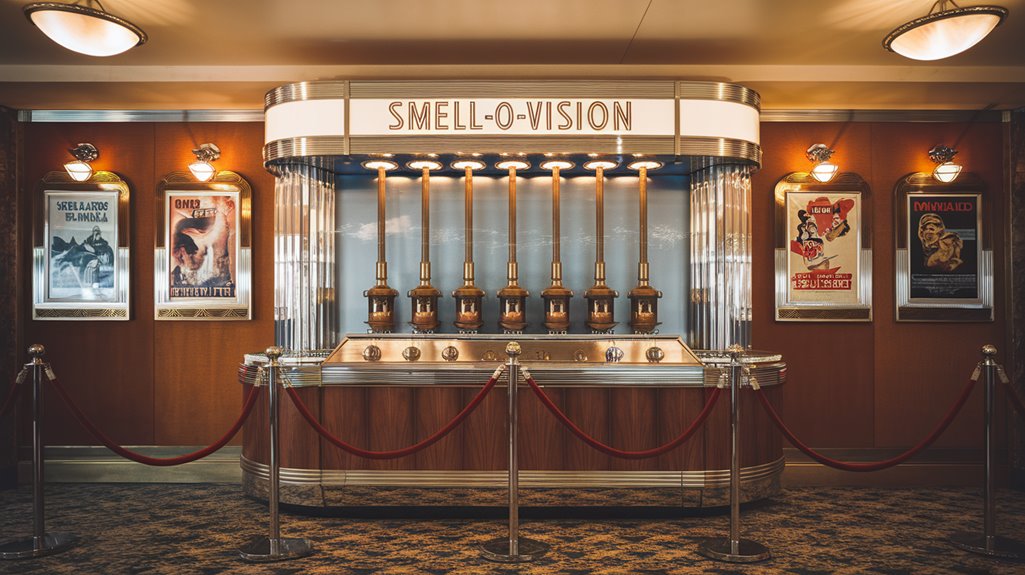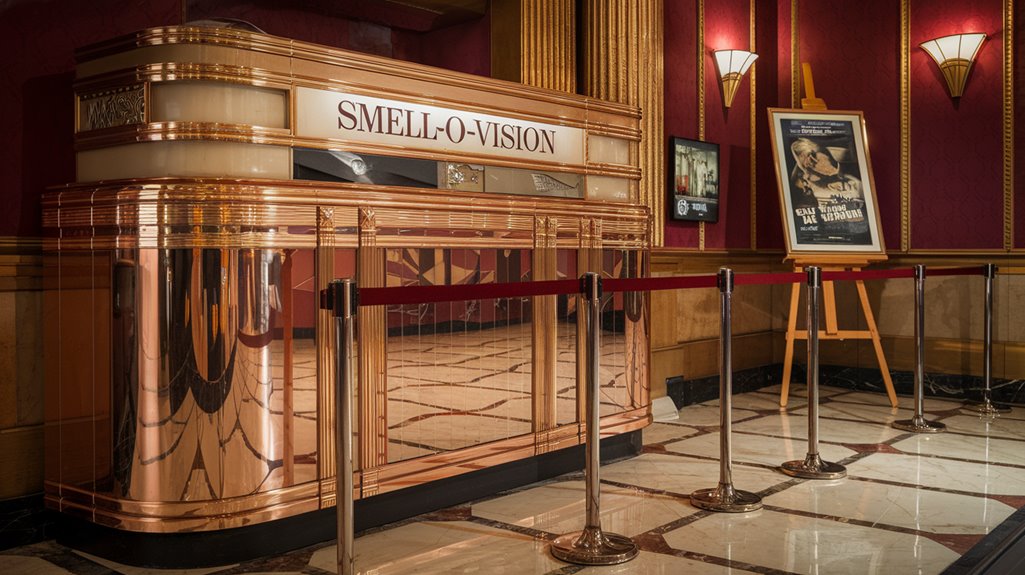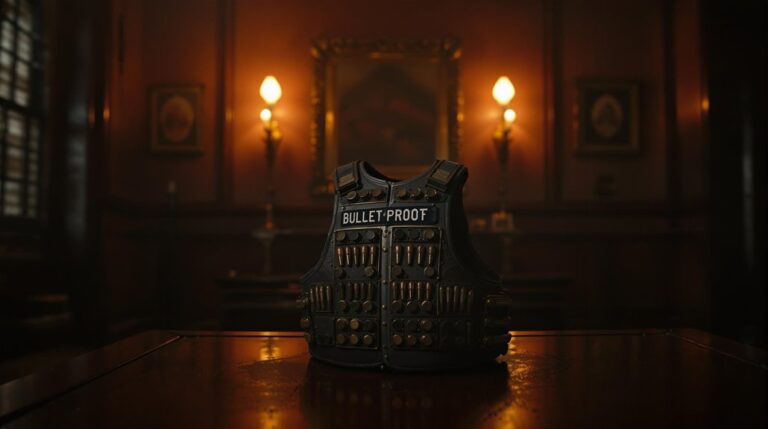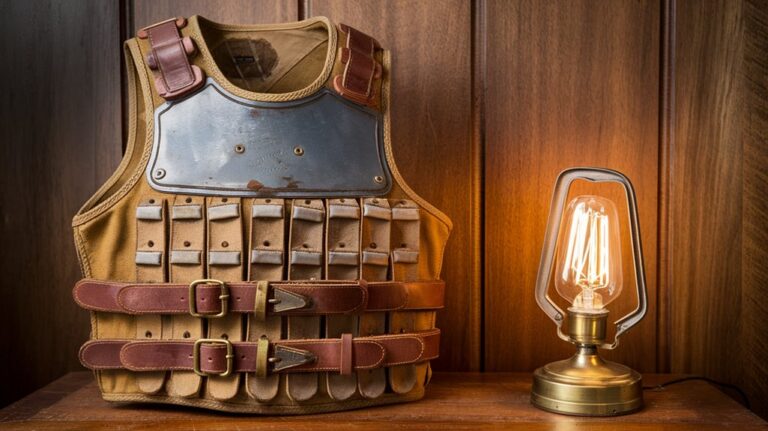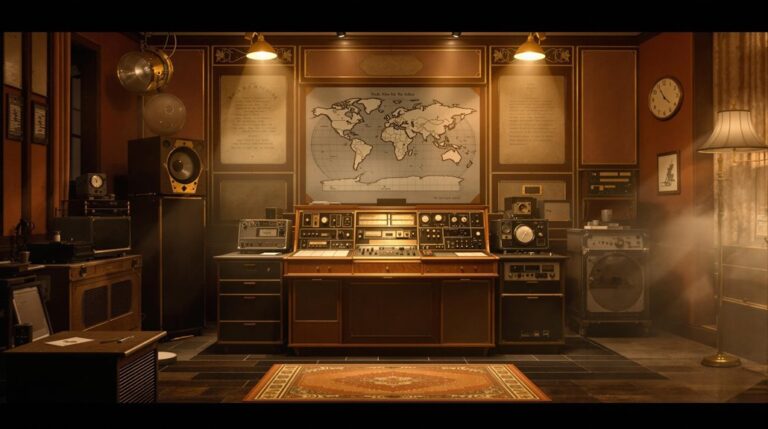Smell-O-Vision: Hollywood’s Craziest Gimmick
Picture yourself watching "Scent of Mystery," the 1960 film that promised to transform your movie experience with the waft of coffee, wine, and even shoe polish. You won't find it hard to imagine why audiences were initially captivated by Smell-O-Vision's bold promise to engage their noses alongside their eyes and ears. But there's more to this peculiar piece of cinema history than its aromatic ambitions – it's a tale of innovation, hubris, and the fine line between revolutionary and ridiculous.
The Birth of a Scented Cinema Dream
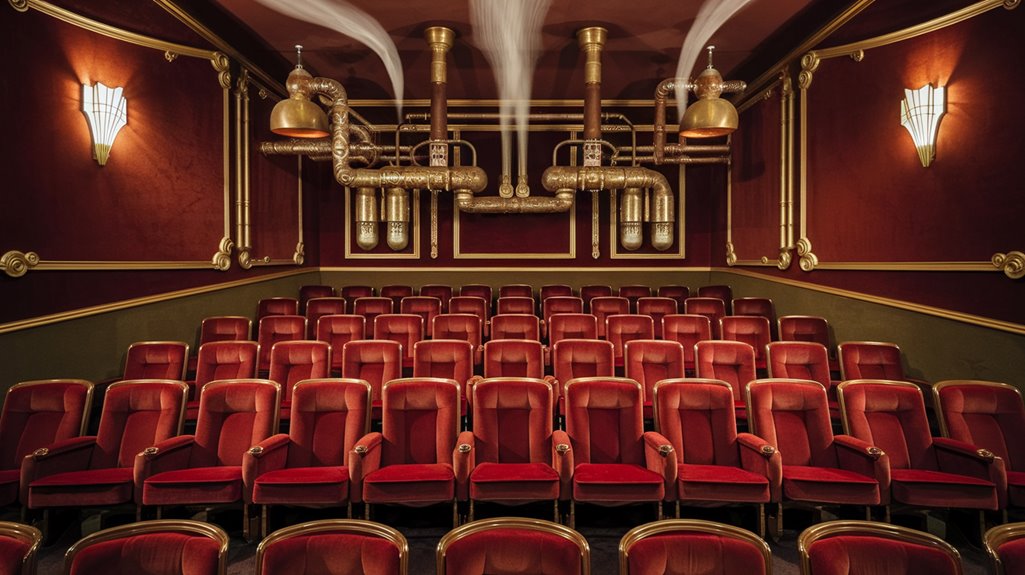
While moviegoers today might take surround sound and 3D effects for granted, the 1940s and '50s saw the birth of an even more ambitious cinematic innovation: Smell-O-Vision.
You can trace this unique scent technology back to Hans Laube, a Swiss osmologist who dreamed of revolutionizing the audience experience. He first showcased his creation at the 1939 New York World's Fair, alongside the Swiss film "My Dream."
The system relied on projectionists manually cueing up fragrances created by Alpine Aromatics of Metuchen, New Jersey. With a range of 14 to 40 different scents at their disposal, these pioneers aimed to transport viewers into a truly immersive experience. The innovative technology used paste mixed with kieselguhr to ensure rapid scent dispersion throughout the theater.
This groundbreaking concept emerged as part of a futuristic cinema vision that captivated audiences of the 1950s.
Despite a brief return to the World's Fair in 1940, this early version didn't capture the public's imagination as hoped.
How Smell-O-Vision Actually Worked
The technical marvel of Smell-O-Vision came to life through an ingenious network of perfume containers, tubes, and well-timed delivery systems.
You'd find the heart of this technology in the "smell brain," where containers arranged on a motorized belt held various fragrances that synchronized with the film.
When it was time to release a scent, needles would pierce the container's membrane, and electric fans would mix the perfume with air.
This mixture traveled through a mile of tubing to vents beneath your seat.
While the system promised instant olfactory experiences, it wasn't without flaws.
Modern versions of this technology have evolved to include VR scent experiences that offer far more sophisticated delivery methods.
Viewers in the balcony complained of delayed scents and annoying hissing sounds.
Despite technical adjustments, these early challenges ultimately contributed to Smell-O-Vision's downfall in its 1960 debut film, "Scent of Mystery."
The movie was later re-released without scents as "Holiday in Spain," abandoning the innovative but problematic technology.
The Rise and Fall of "Scent of Mystery"
Despite its groundbreaking ambitions, "Scent of Mystery" marked both the dawn and dusk of Smell-O-Vision in 1960.
Producer Mike Todd Jr. bet big on scent marketing, assembling an all-star cast and deploying an innovative system that pumped aromas directly to moviegoers' seats during key plot moments. The Smell Brain controlled the precise timing of each scent release. The film featured beloved actors like Denholm Elliott and Peter Lorre.
You'd think audiences would've embraced these immersive experiences, but technical problems quickly doomed the project.
Viewers complained about hissing noises, delayed scent delivery, and faint aromas that didn't match the on-screen action.
Despite manufacturers' attempts to fix these issues, the damage was done.
The film's commercial failure led to its re-release as "Holiday in Spain" without the scent feature.
While Smell-O-Vision didn't survive, it inspired later innovations like scratch-and-sniff cards and remains a fascinating chapter in cinema history.
From Theater Gimmick to Modern Technology
Since its humble debut at the 1939 New York World's Fair, Smell-O-Vision has evolved from a basic mechanical system into a sophisticated digital technology.
Hans Laube's system laid the groundwork for modern scent delivery by using optical markers on film to trigger precise timing of fragrances.
You'll find that modern scent technology has transformed far beyond those early days of manual projectionists releasing fragrances through theater seat hoses.
Today's immersive experiences incorporate AI and virtual reality to create more precise and controlled scent delivery systems. Recent breakthroughs by Osmo demonstrated 50% prediction accuracy when testing novel compounds.
Here's how the technology has advanced:
- AI frameworks now recreate and synthesize specific scents digitally
- Olorama technology enables integrated scent delivery in various environments
- OVR Technology provides precise olfactory control for VR applications
- Multi-sensory systems combine smell with haptic feedback
You'll see these innovations applied across multiple fields, from entertainment and education to therapy and marketing, making Smell-O-Vision more practical than ever before.
Lessons Learned From Hollywood's Aromatic Adventure
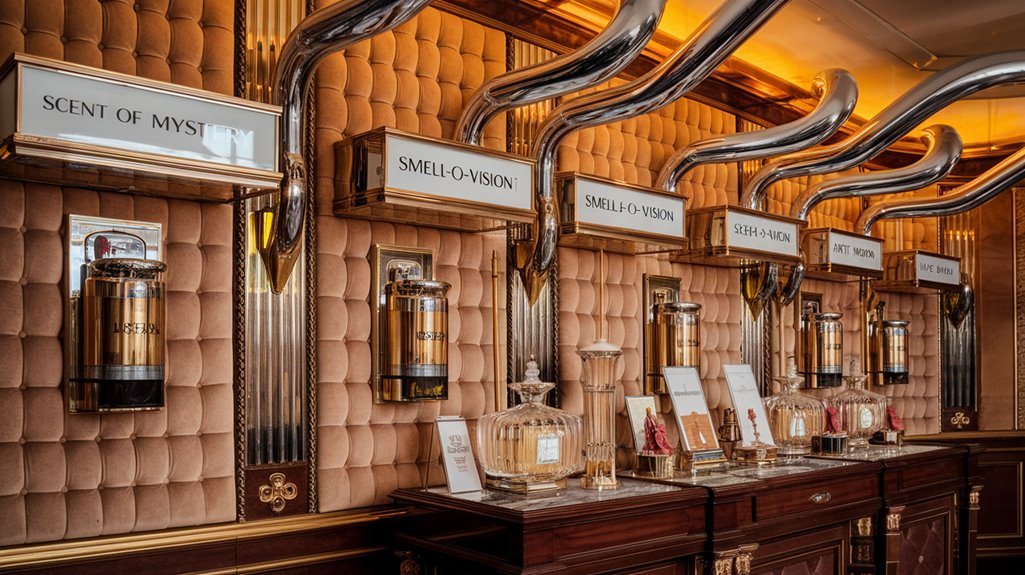
While Hollywood's ambitious Smell-O-Vision experiment ultimately flopped, it revealed essential insights about integrating scents with cinema.
 smell brain allowed for automated scent delivery, but it wasn't enough to overcome implementation hurdles. Similar issues plagued early attempts like the Rialto Theater system in 1933, where lingering odors disrupted the viewing experience.
smell brain allowed for automated scent delivery, but it wasn't enough to overcome implementation hurdles. Similar issues plagued early attempts like the Rialto Theater system in 1933, where lingering odors disrupted the viewing experience.
The experiment also taught us that cost-effectiveness matters. With theater installations ranging from $15,000 to $1,000,000, you can't ignore the financial realities of innovation.
Perhaps most importantly, Smell-O-Vision demonstrated that novelty alone won't sustain audience interest – the technology must genuinely enhance storytelling rather than distract from it.
These lessons continue to influence modern attempts at multisensory entertainment, from theme parks to virtual reality experiences.

